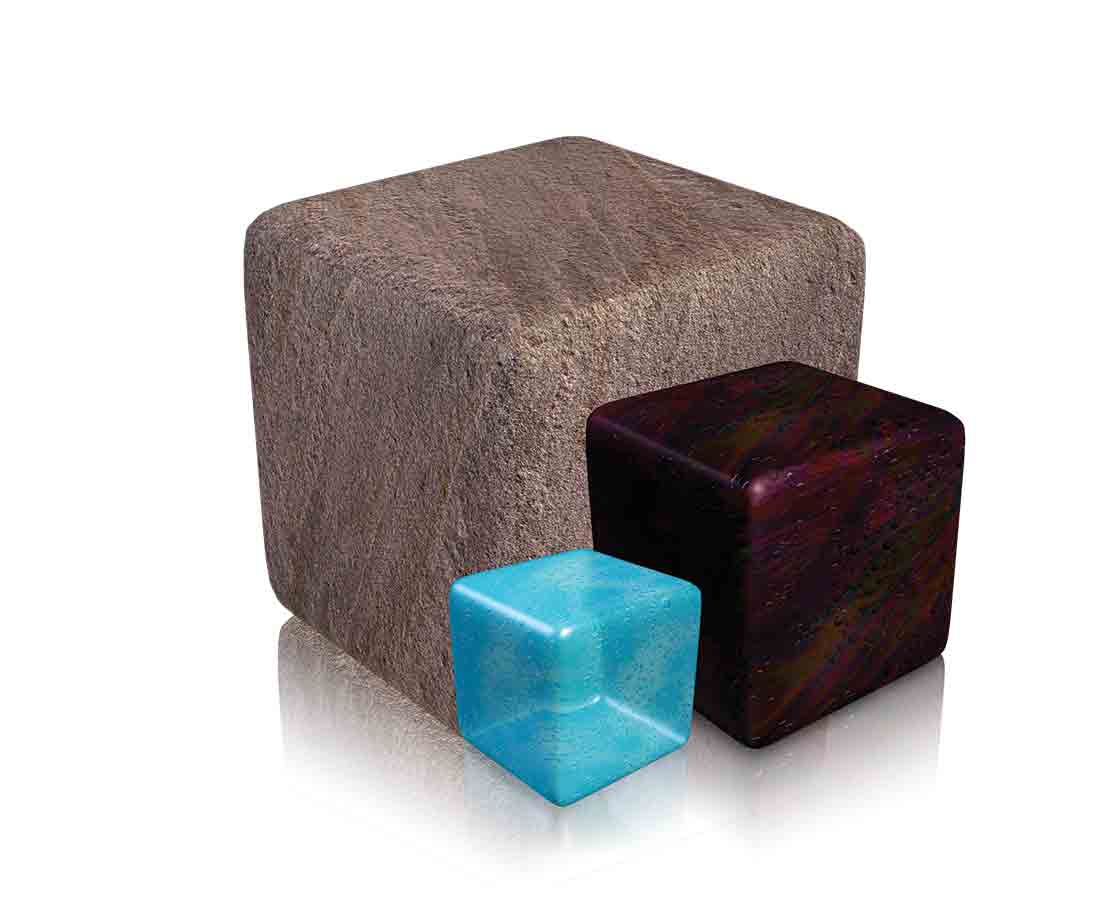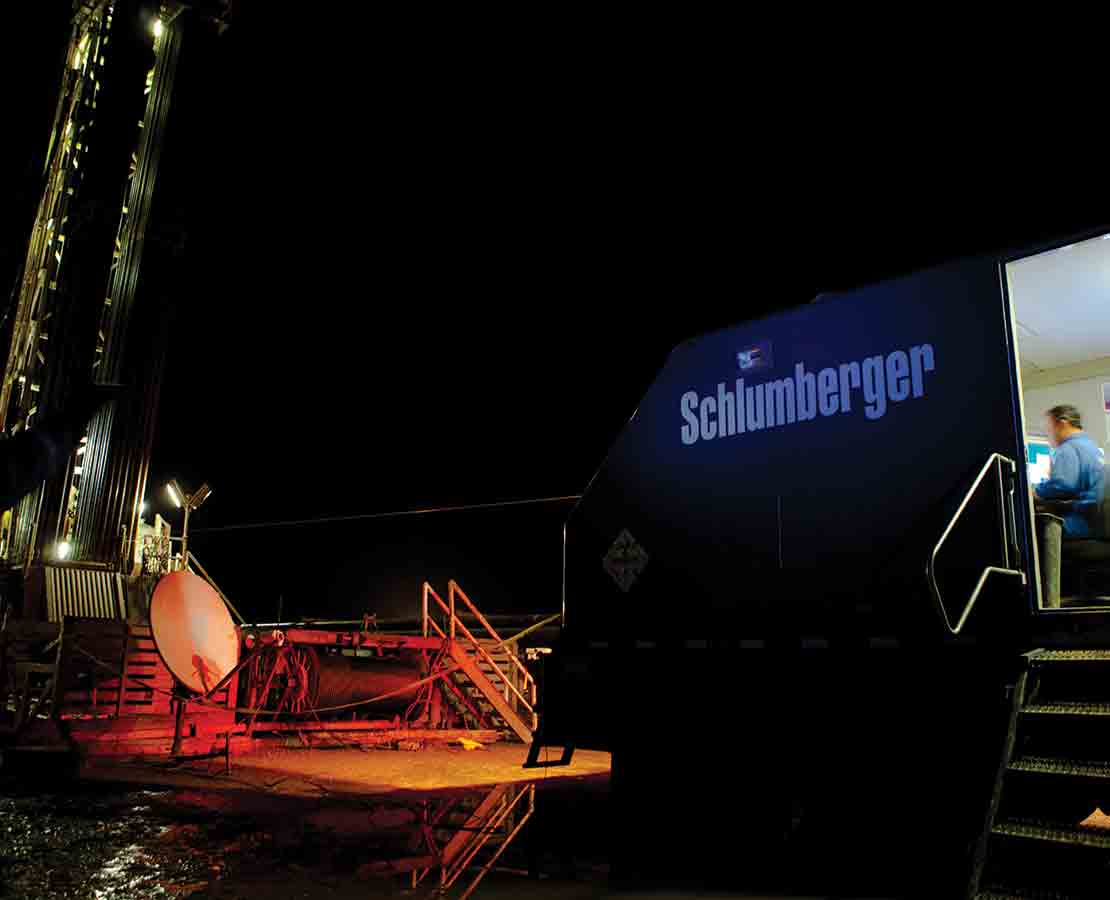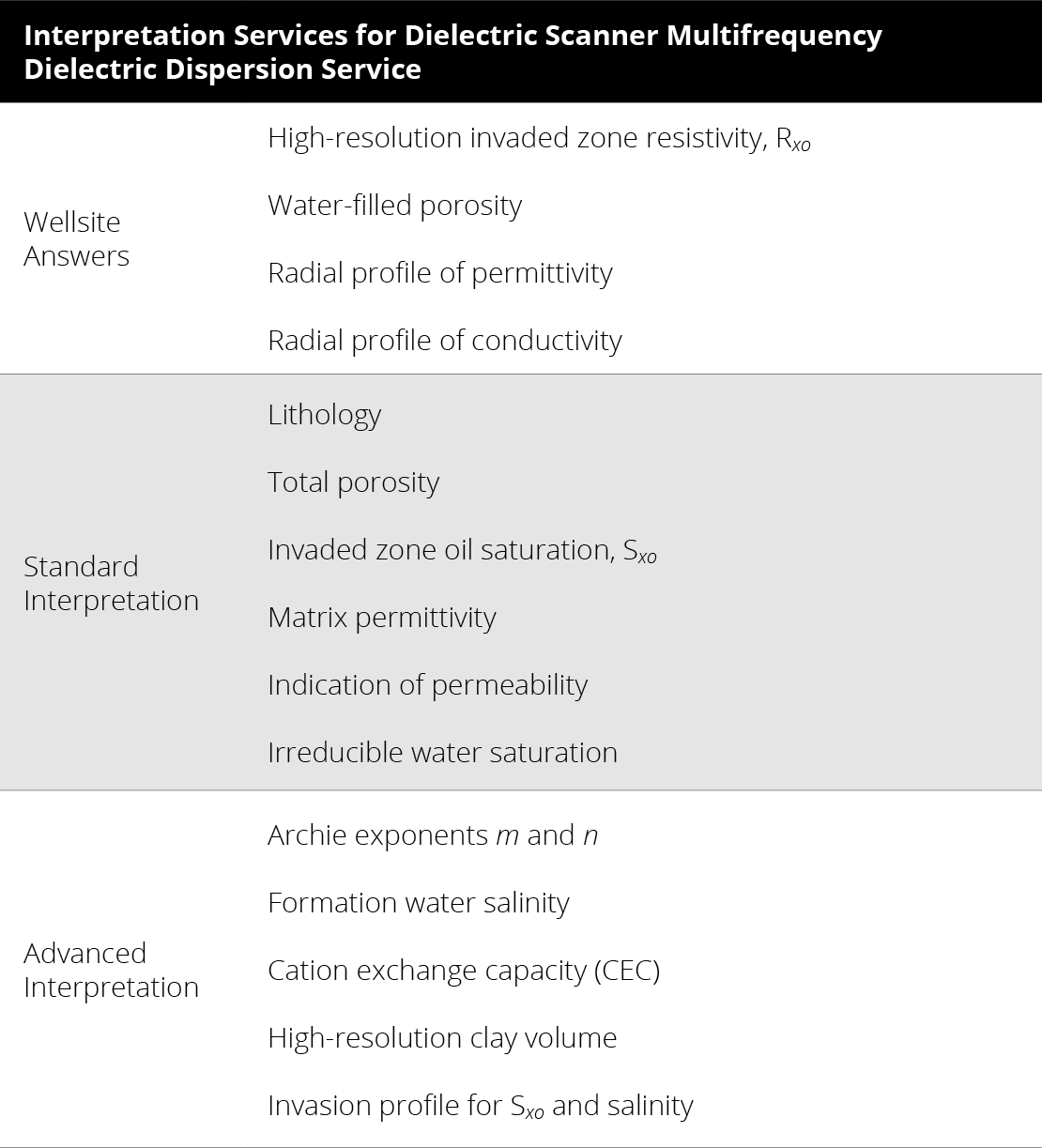Techlog Wellbore Software
Integration of all wellbore-centric data types into multidiscipline workflows
Integration of all wellbore-centric data types into multidiscipline workflows.

By directly measuring water volume and rock texture, Dielectric Scanner multifrequency dielectric dispersion services profiles

Dielectric Scanner service bypasses the reservoir conditions that can make the results of conventional resistivity-based formation evaluation ambiguous. The insensitivity of the multifrequency dielectric dispersion measurement to water salinity, oil viscosity, the clay content of the formation, and borehole quality enables correctly differentiating hydrocarbon-bearing zones from those that are freshwater-wet. Nor are the high-resolution measurements biased by thin beds.
Add Dielectric Scanner service’s unique information on fluid distribution and rock properties to your logging program to improve the accuracy of your petrophysical interpretation.



As multifrequency electromagnetic waves travel from the transmitter to receiver antennas on Dielectric Scanner service’s articulated pad, changes occur in amplitude and phase that are directly related to the dielectric permittivity and conductivity of the formation. Because there is a large contrast between the permittivity of water and that of oil and of rock, the tool makes a direct measurement of the water volume that is independent of the water salinity.
Depending on the texture of the rock, the permittivity and conductivity differ for different frequencies of the electromagnetic waves. This dielectric dispersion cannot be measured by conventional single-frequency electromagnetic tools. Logs from previous-generation single-frequency electromagnetic propagation tools cannot account for textural variation and can overestimate the invaded zone resistivity Rxo. Dielectric Scanner service analyzes multiple frequencies to correctly match water-filled porosity to total porosity in water-filled sand.
The permittivity and conductivity measurements made at each frequency are interpreted using a petrophysical model. The output parameters of the model are water-filled porosity (hence water saturation if the total porosity is known), water salinity, and textural effects. In carbonate reservoirs, dielectric dispersion is related to the cementation and saturation factors that are represented by the exponents m and n in the Archie saturation equation. In shaly sands, dielectric dispersion is related to the shale volume, represented by the cation exchange capacity.
In formations where it is difficult to calculate resistivity-based water saturation, dielectric dispersion acquisition and interpretation can fill the void. Dielectric Scanner multifrequency dielectric dispersion service directly measures the volume of water present in a formation independent of the formation water salinity. Comparing the water-filled porosity with total porosity from another source determines the water saturation in the near-wellbore region.
Our expert, multidisciplinary geoscientists and engineers work with you as needed to further interpretation of the multifrequency data by employing proprietary software to model the dispersive nature of the formation’s dielectric properties. Advanced workflows and software such as the Techlog wellbore software platform are available to maximize the value of your logging data for the fullest possible understanding.
